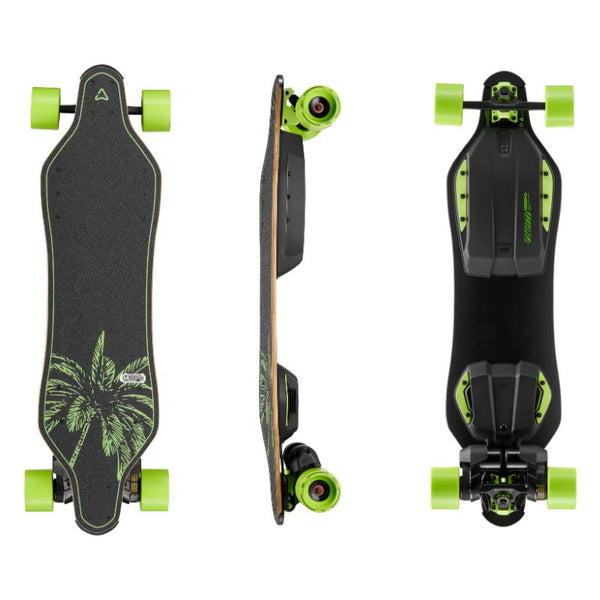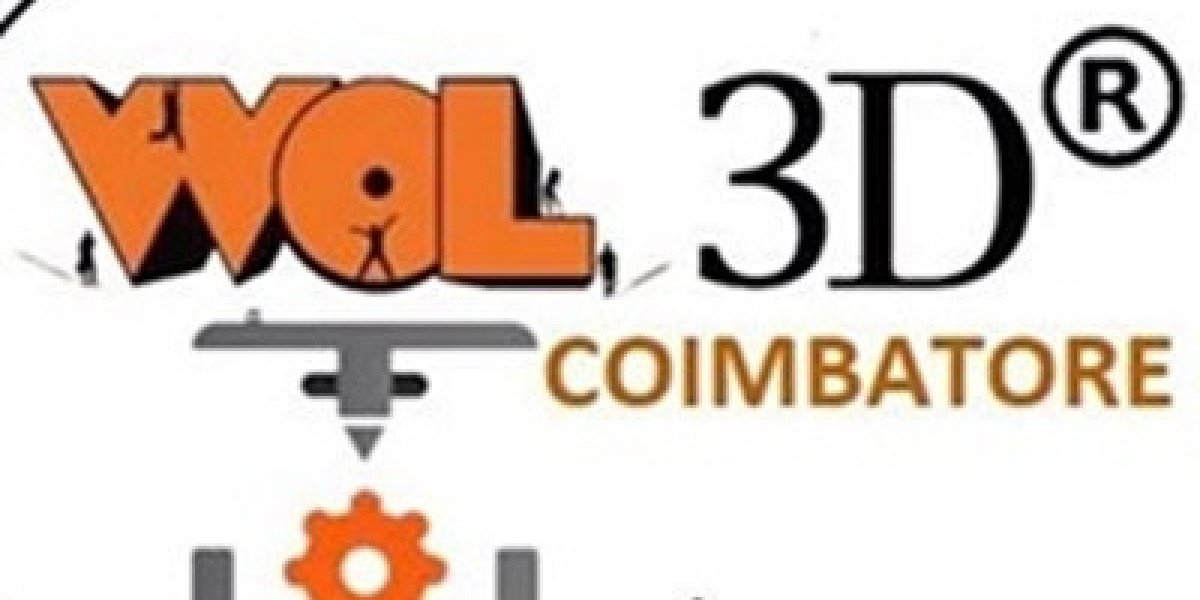The skateboard has undergone a remarkable transformation since its inception. Initially crafted from simple wooden planks, today’s skateboards incorporate advanced materials and technologies that enhance performance and durability. This article delves into the evolution of skateboard design, highlighting key developments and innovations that have shaped the modern riding experience.

Early Designs: The Wooden Skateboard
In the early days, skateboards were essentially modified surfboards. Made from solid wood, these boards were heavy and lacked the flexibility that riders desired. The first skateboards emerged in the 1950s, primarily as a way for surfers to practice their skills on land. As the popularity of skateboarding grew, so did the demand for better designs.
- Materials: Early skateboards used hardwoods like maple and birch.
- Shape: The boards were flat and wide, providing stability but limited maneuverability.
- Wheels: Initially made from metal, wheels were later replaced with softer materials for better grip.
Transition to Modern Materials
As skateboarding evolved into a mainstream sport, manufacturers began experimenting with new materials. The introduction of polyurethane wheels in the 1970s marked a significant turning point. These wheels provided better traction and a smoother ride, allowing for more complex tricks and maneuvers.
Furthermore, the use of fiberglass and carbon fiber in skateboard decks has revolutionized the industry. These materials are not only lighter but also offer increased strength and flexibility. Riders can now enjoy enhanced performance without sacrificing durability.
High-Tech Innovations in Skateboard Design
Today, the skateboard market is flooded with high-tech options that cater to various riding styles. Electric skateboards, for instance, have gained immense popularity, allowing riders to travel longer distances with less effort. These boards are equipped with powerful motors and rechargeable batteries, making them ideal for commuting.
Moreover, advancements in technology have led to the development of smart skateboards that feature integrated sensors. These sensors can track speed, distance, and even provide real-time feedback on riding techniques. Such innovations not only enhance the riding experience but also promote safety.
Choosing the Right Skateboard
When selecting a skateboard, it is essential to consider your riding style and preferences. Here are some factors to keep in mind:
- Deck Material: Choose between wood, fiberglass, or carbon fiber based on your needs.
- Wheel Size: Larger wheels provide a smoother ride, while smaller wheels offer better control.
- Type of Skateboard: Decide between traditional, electric, or longboards based on your intended use.
For those interested in exploring high-quality electric skateboards, visit  for a range of options that combine performance with cutting-edge technology.
for a range of options that combine performance with cutting-edge technology.
The Future of Skateboard Design
As technology continues to advance, the future of skateboard design looks promising. Innovations in materials and electronics will likely lead to even more exciting developments. Whether you are a seasoned rider or a beginner, understanding the evolution of the skateboard can enhance your appreciation for this dynamic sport.
In conclusion, the skateboard has come a long way from its wooden origins. With ongoing advancements in design and technology, riders can expect an exhilarating experience that combines tradition with innovation. Embrace the evolution and enjoy the ride!







